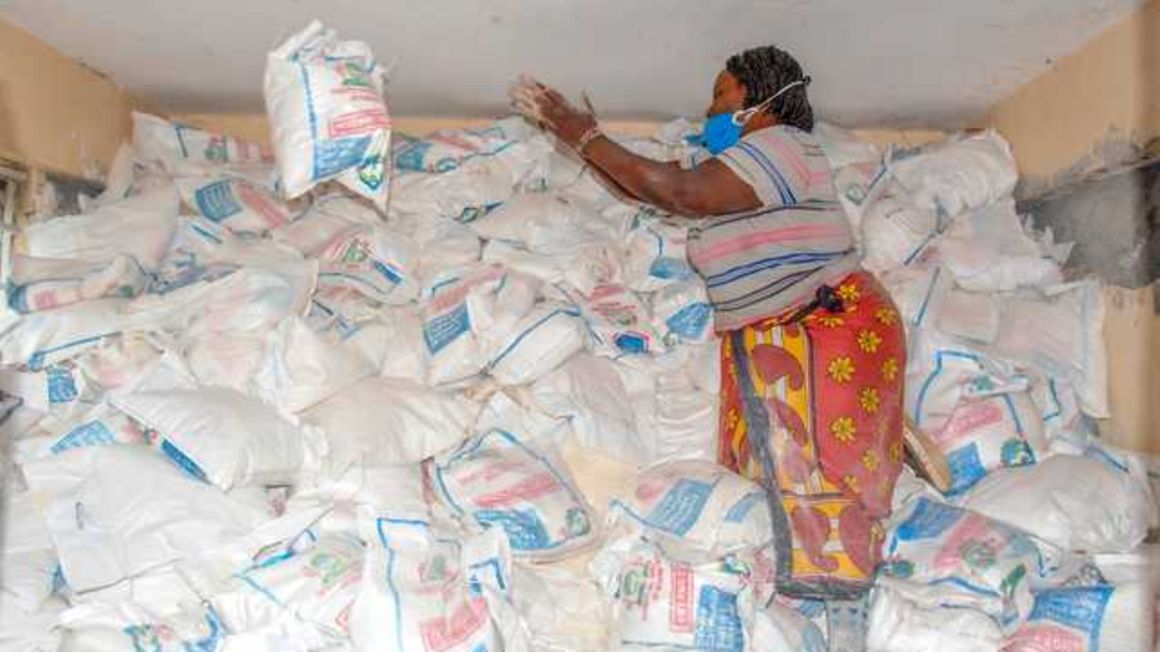
Our Projects are
Transforming African Trade
Quick Contacts
2nd Floor, Fidelity Insurance Centre Waiyaki Way, Westlands

The National Cereals and Produce Board (NCPB) has received two plants worth Sh190 million to help clear aflatoxins from maize stocks at its depots.
Aflatoxins are a family of poisons produced by fungi in crops such as maize, peanuts, cottonseed, and tree nuts. The aflatoxin decontamination plants have been installed at NCPB’s depots in Bungoma and Nairobi.
The equipment Canada donated through TradeMark Africa (TMA) reduces aflatoxin contamination in grains such as maize.
The funding is part of a Sh350 million package from Canada.
The remaining funds have been allocated for training and creating more awareness on aflatoxins to regulatory agencies, farmers, and traders in Kenya, Tanzania, and Uganda on managing aflatoxins in grain supplies.
They are also the first plants for commercial decontamination of aflatoxins in Africa and eliminate up to 98 percent of aflatoxins in food commodities like grains, pulses, and nuts, according to the TMA.
“This facility is potentially a game-changer. It is now possible to reduce aflatoxin contamination in grains post-harvest, so reducing the amount rejected at the border,” said TMA CEO David Beer. “This will benefit small-scale farmers and traders on the one hand, and consumers such as schools, humanitarian agencies, and businesses on the other.”
The two plants will ensure that only grains meeting acceptable aflatoxin limits are traded, which is vital for public health and safe trade practices.
“If we are to tackle food security and food safety issues not just in Kenya but across East Africa, there is no denying that partnerships such as the one we are witnessing here today, are of utmost necessity in availing modern solutions like the grain aflatoxin decontamination facilities,” said Agriculture PS Paul Ronoh.
Kenya has struggled with maize aflatoxins for decades and has been forced on occasions to temporarily ban imports of the cereal from its neighbors Uganda and Tanzania over high levels of the poison.
Read original article
Disclaimer: The views and opinions expressed in this article are those of the authors and do not necessarily reflect the official policy or position of TradeMark Africa.